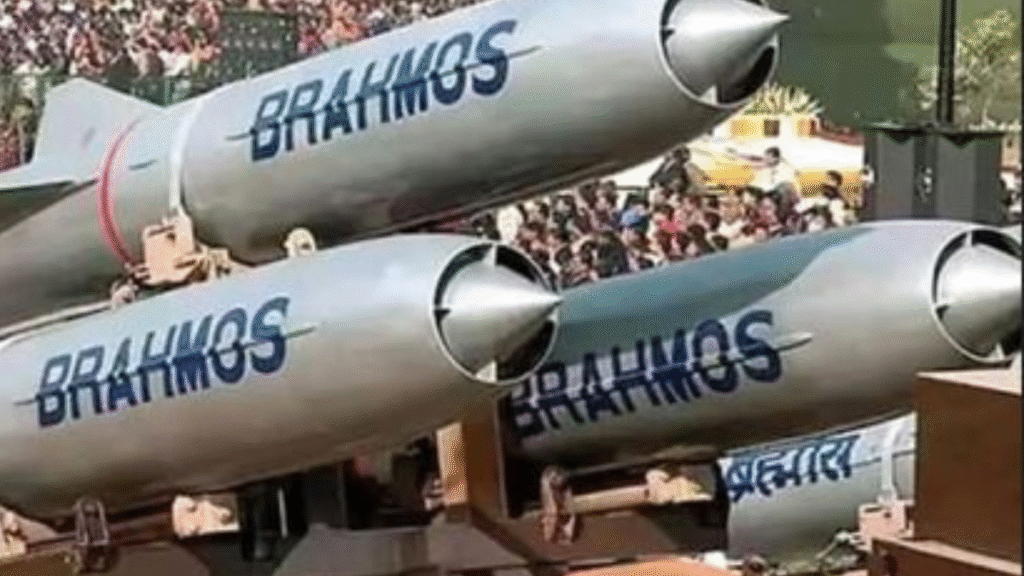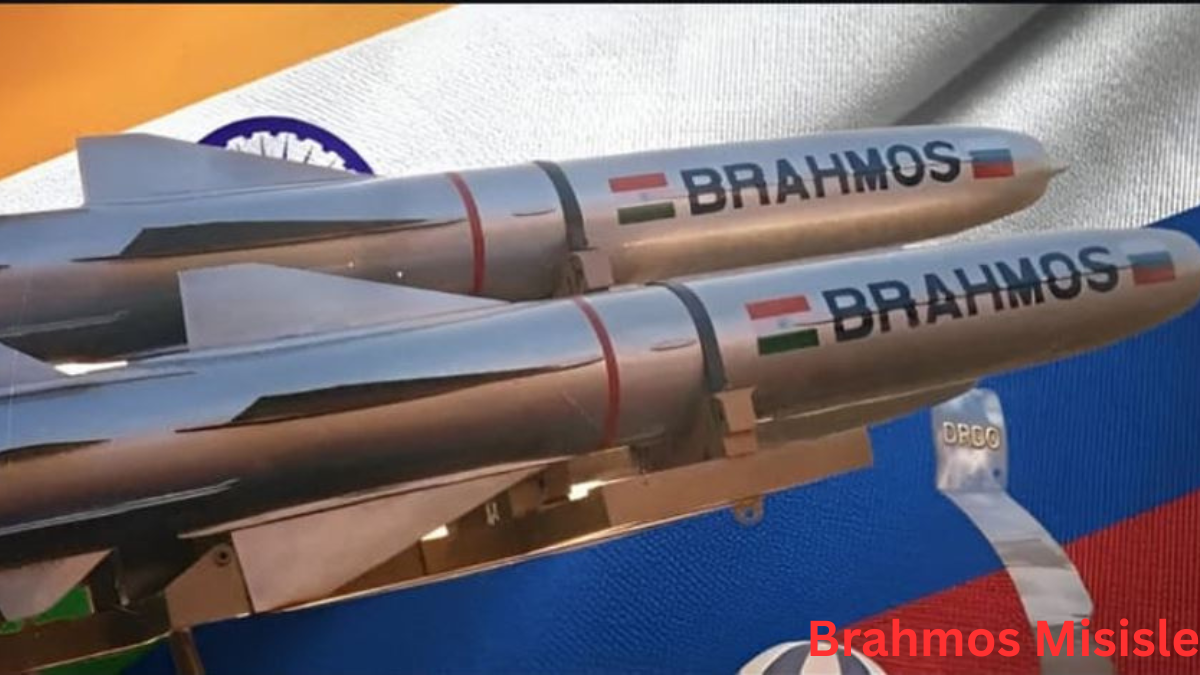India’s formidable BrahMos Missile supersonic cruise missile system is once again commanding global attention this time following explosive revelations by Pakistan Prime Minister Shehbaz Sharif, who confirmed its deployment during the recent Operation Sindoor.
Speaking at a public gathering in Azerbaijan, Mr. Sharif offered a candid admission that is now reverberating across strategic and defense circles:
“On the night of May 9-10, we prepared to respond to Indian aggression. Our forces were set to act at 4:30 a.m. after Fajr prayers. But before we could strike, India launched another wave of missile attacks using BrahMos, targeting several Pakistani provinces, including Rawalpindi airport.”
BrahMos Missile : Fast, Fearsome and Precisely Lethal
The BrahMos missile, co-developed by India and Russia and manufactured entirely in India, is one of the world’s fastest and most reliable cruise missiles. Traveling at Mach 3 three times the speed of sound it can deliver a high-explosive payload up to 400 kilometers away with pinpoint accuracy.
During Operation Sindoor, it was the air-launched variant, deployed from the Indian Air Force’s Su-30MKI fighters based in Tamil Nadu, that took center stage. These jets spearheaded India’s aerial retaliation following the April 22 Pahalgam terror attack, targeting terrorist infrastructure deep within Pakistan and Pakistan-Occupied Kashmir (PoK).
A Chain Reaction: Escalation and Countermeasures
India’s decisive strikes on May 7 under Operation Sindoor triggered an aggressive response from Pakistan. The Pakistani military launched a barrage of drones and missiles targeting India’s western regions. However, Indian defense systems stood their ground—successfully intercepting every incoming threat.
India, in turn, responded with greater intensity, striking carefully selected military targets deep inside Pakistani territory using the BrahMos system. These counterstrikes highlighted not only India’s surgical precision but also its strategic resolve.
Full Spectrum Readiness Across Land, Sea and Air
Throughout the conflict window, Indian Army BrahMos ground units were placed on maximum alert, while Indian Navy warships—each armed with BrahMos Missile launch systems—were readied for maritime operations. India showcased the full-spectrum deployment potential of BrahMos, spanning land, sea, and air.
Pakistan’s Air Defense Put to the Test and Found Wanting
Despite fielding Chinese-supplied layered air defense systems, Pakistan failed to intercept a single incoming BrahMos missile. This failure has amplified concerns within Pakistani defense circles and among global analysts. The inability to counter BrahMos reinforces doubts about Islamabad’s preparedness against India’s increasingly agile and high-speed missile systems.
Not the First Breach: A Reminder from 2022
It’s worth noting that this wasn’t BrahMos’ first uninvited entry into Pakistani airspace. In March 2022, an accidental launch from India saw the missile traverse into Pakistan. Although unintended, the incident inadvertently demonstrated its reliability, range, and in-flight stability.
India’s BrahMos Missile Evolution: The Next-Gen Arsenal

With momentum clearly on its side, India is aggressively expanding the BrahMos missile portfolio. Each new variant pushes the boundaries of speed, adaptability, and strike range.
1. Extended-Range BrahMos Missile (800+ KM)
India is developing a longer-range version of BrahMos, set to hit targets up to 800 kilometers away. This extended reach will give Indian forces the ability to neutralize high-value threats far beyond the current theater of operations.
2. Submarine-Launched BrahMos Missile
Testing is underway for a submarine-launched version of the Brahmos missile, destined for deployment aboard India’s P75I-class submarines. This will significantly bolster India’s second-strike capability and underwater deterrence.
3. Miniaturized BrahMos Missile for Rafale and Fighters
Engineers are working on a lighter, miniaturized BrahMos to be integrated with Rafale jets and other fighter aircraft. This compact version maintains lethality while being optimized for high-maneuverability platforms.
4. Hypersonic BrahMos Missile: The Future of Warfare
In collaboration with Russia, India is also advancing work on a hypersonic BrahMos, which will exceed speeds of Mach 5. This variant will render existing air defense systems nearly obsolete due to its blistering speed and evasive flight profile.
5. BrahMos Missile Exports: Power Projection through Partnerships
India has already begun exporting BrahMos missiles, with the Philippines becoming the first foreign recipient. Other nations including Vietnam, Indonesia, and several Middle Eastern countries—have expressed keen interest, viewing the system as a potent force multiplier for regional security.
Conclusion: BrahMos Missile India’s Strategic Spearhead
In the modern battlefield, speed and precision are paramount. BrahMos delivers both with its expanding variants, global export appeal and proven battlefield performance, it is more than just a missile. It is a declaration of India’s rising technological dominance and strategic intent.
As Operation Sindoor demonstrated, the days of passive deterrence are over. India is now projecting power with purpose and BrahMos Missile is leading the charge fast, fearsome and unmistakably Indian.
